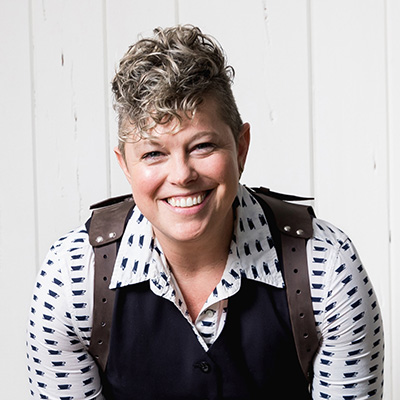As a conscious leadership coach to creative and technology agency owners, my guiding principle is this: A self-aware and healing leader is the most effective leader.
Here’s why: It takes a long time to process trauma, heal wounds, reflect, and rewrite personal narratives. It takes dedication to unlearn and relearn new approaches to being a secure, healthy person in the world— and to lead people with consciousness.
From my own experiences and those with clients, I have found that breaking through the facades that we erect as individual is what changes the game in all aspects of our lives. My focus is on helping to uncover and work through blockages so that we can live and lead in healthy, sustainable ways in the world.
During Integral Leadership Coaching sessions, I draw from a holistic mix of authentic listening, Buddhist psychology and contemplative science, intuition, shadow work, integral theory, and conscious leadership practices. If you’ve been curious, following is the basic structure that I use as a framework, especially in the early stages of my work with clients.
Start With Grounding Through the Breath
It’s important to ground yourself before delving into deeply emotional work. We start by planting our feet on the ground, noticing where there may be tension in our bodies, and taking a few deep breaths together before we jump into intention-setting. Here, there may be several different types of breathing techniques you may be introduced to.
The Overview: Intention-Setting and Objectives
Everyone’s objectives look different when they choose to enter this sphere of work. Some common ideas that come up during the intention-setting phase of a session include:
• Replacing reactivity with pause and reflection;
• Reframing conflicts, challenges, and changes as: lessons to learn (that will keep repeating if left unaddressed); opportunities for something greater to arrive in their place; or a reflection of something that is unhealed within your psyche.
• What it means to show up in a healthy, confident manner in all aspects of your life.
Setting your intentions and objectives for a coaching session is incredibly important. Think of it like drawing a roadmap that will help you reach your initial destination. We’ll work one-on-one to determine exactly what it is you need in order to lead effectively.
Examples of Healed and Unhealed Wounds
Next, you’ll work to learn what healed and unhealed behavior look like. We’ll delve into how your own personal and professional lives are impacted by what shows up during a session. How do your thoughts, words, actions, and behaviors reflect your mental state? What triggers you the most easily? What makes you reactive or defensive? We’ll discuss what healed and unhealed behavior means as it relates to each of your answers.
Shadow Work
Shadow work involves recalling a clear memory from sometime during childhood or early adulthood. The memory should have had a significant negative impact on you.
• Recount the memory verbally; notice what sensations are present in the body while you do so; observe which emotions rise to the surface;
• Re-tell the story again, but tell the narrative from the perspective of a healed version of yourself.
The goal of shadow work is to dig into the unconscious and reveal its fixations. These fixations are then integrated into conscious awareness; so memories you’ve repressed or pushed away are brought back to the surface during shadow work. There are lots of benefits to shadow work; some of the most notable include:
• Improved relationships: We get along better with others when we accept our darker parts and work past triggers;
• Clearer perception: It’s easier to understand what’s happening around us when we have a clear understanding of things as they are objectively; you will not see yourself as too big or too small after shadow work;
• Improved psychological integration: Wholeness and balance are only possible when you understand every aspect of yourself; you can communicate, lead, and think better without negative narratives in your head.
Shadow work helps us reach into our unconscious and detangle the webbing that tends to keep us stuck in mental and behavioral patterns and playing small.
Discussion: What, How and Why
This kind of leadership session requires a lot of open discussion. This is just one more point in the session timeline where open and honest communication will come into play. We’ll discuss:
• What: Does everything that you’ve shared point to something specific? The very things that have been imprinted on us live in our bodies; they continue to swirl around inside of you and trigger you over and over again;
• How: Our work together seeks to name what’s inside of you, relive it, and reframe the narrative; our work’s goal is to release what you’re holding inside once and for all;
• Why: How might changing your perspective change your relationship with your spouse? How about with your children? With your employees and clients? With money?
Sessions ends with a round of updates on the business, including talk about acute issues and other problems. If a leader has questions or concerns on their mind, they can bring them up at this point for further discussion. I help each of my clients think through every aspect of an issue before they make life-changing decisions.
Is Integral Leadership Coaching Your Next Step?
Delving into this type of work is certainly not for everyone, and that’s okay.
If you are interested in a conversation about how Integral Leadership Coaching might help you work through some unresolved items that you’re prepared to clear, let’s talk.



0 Comments